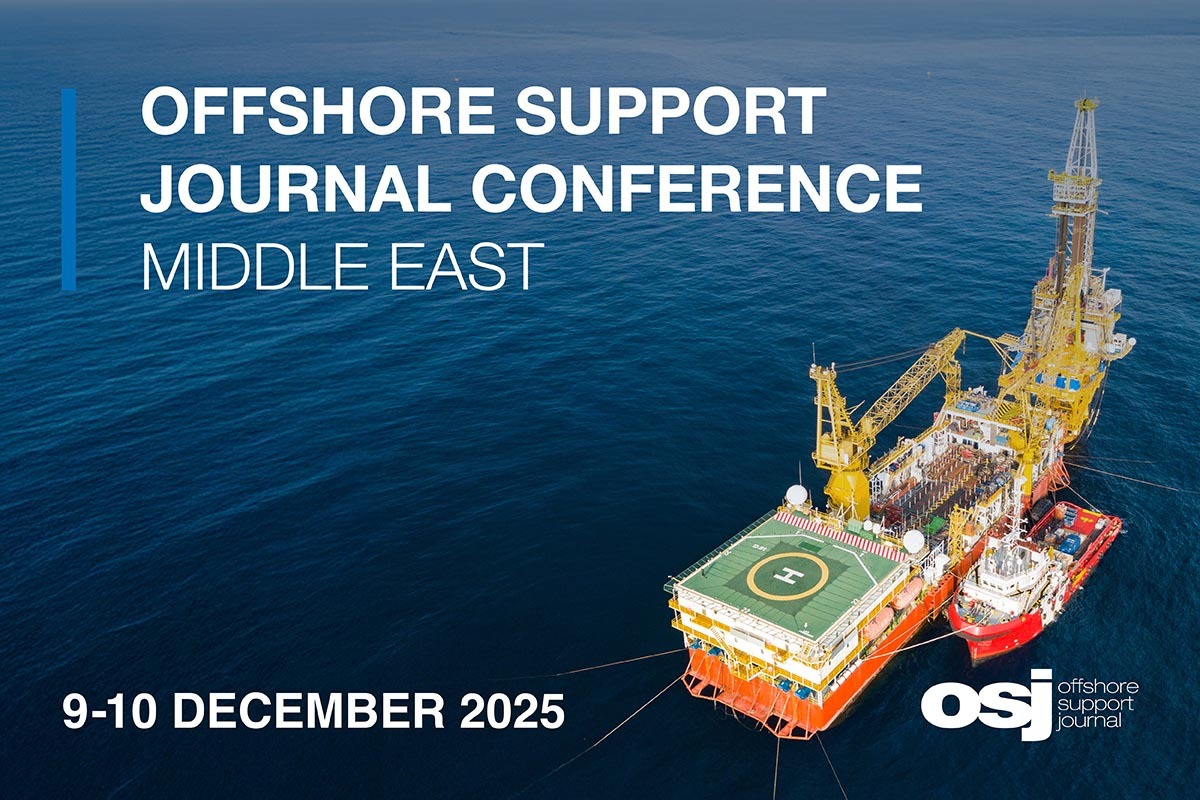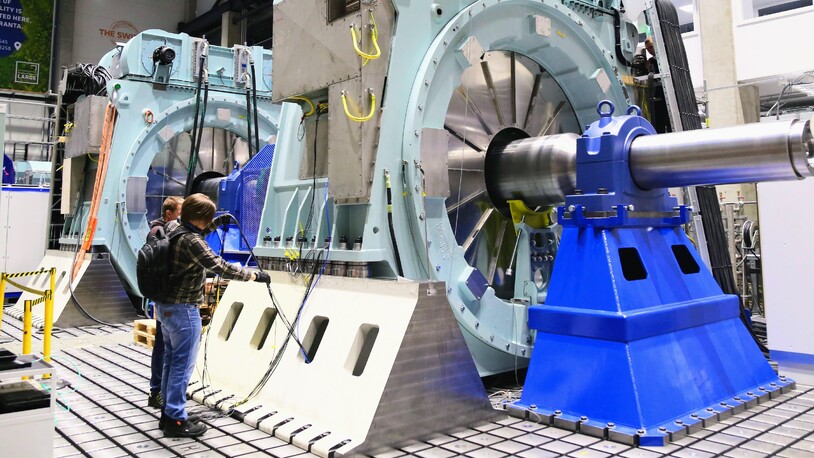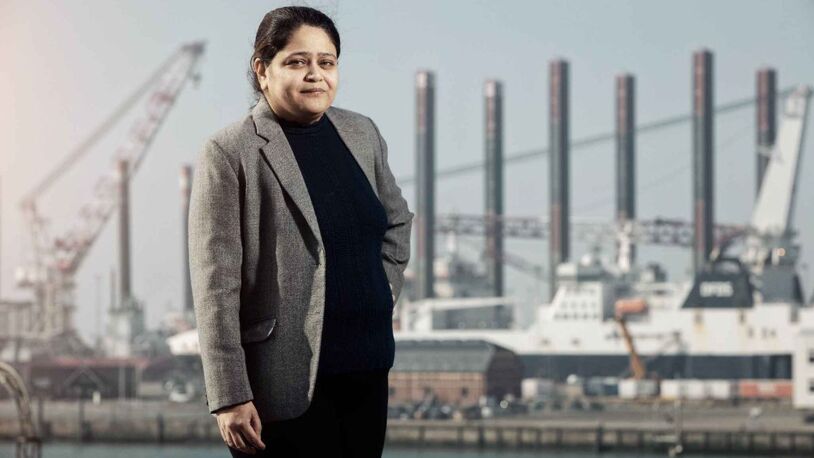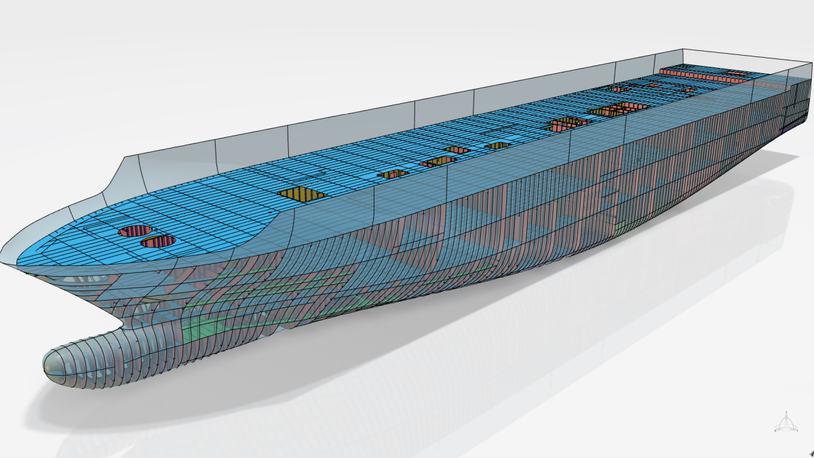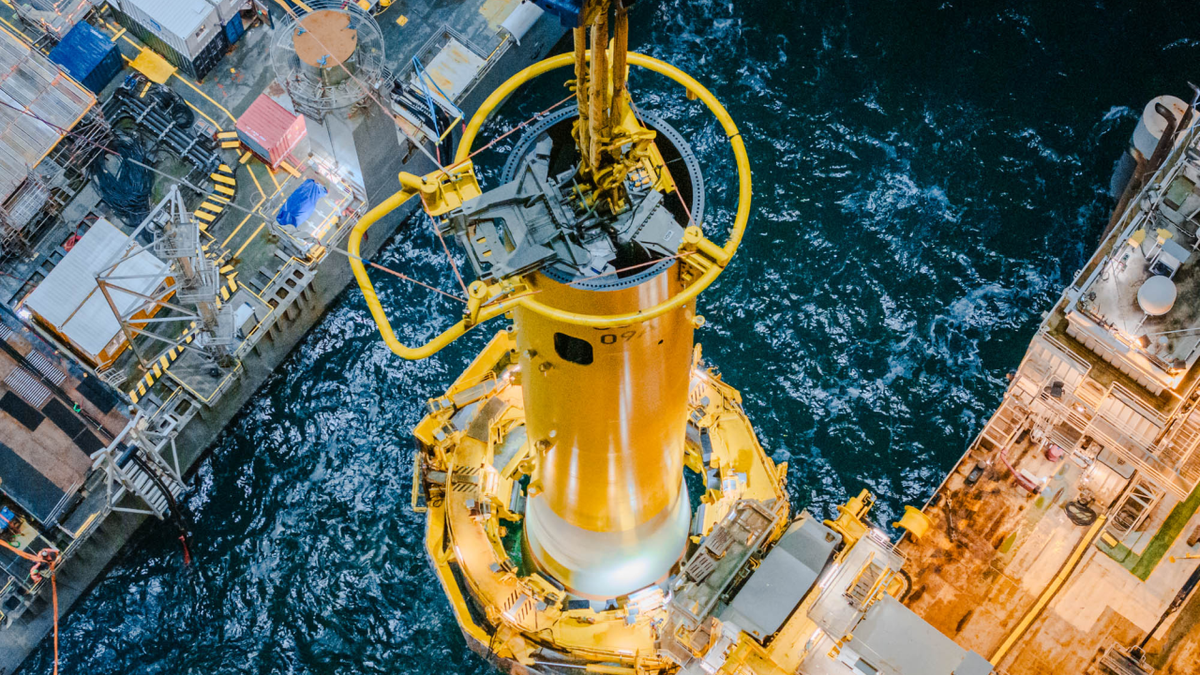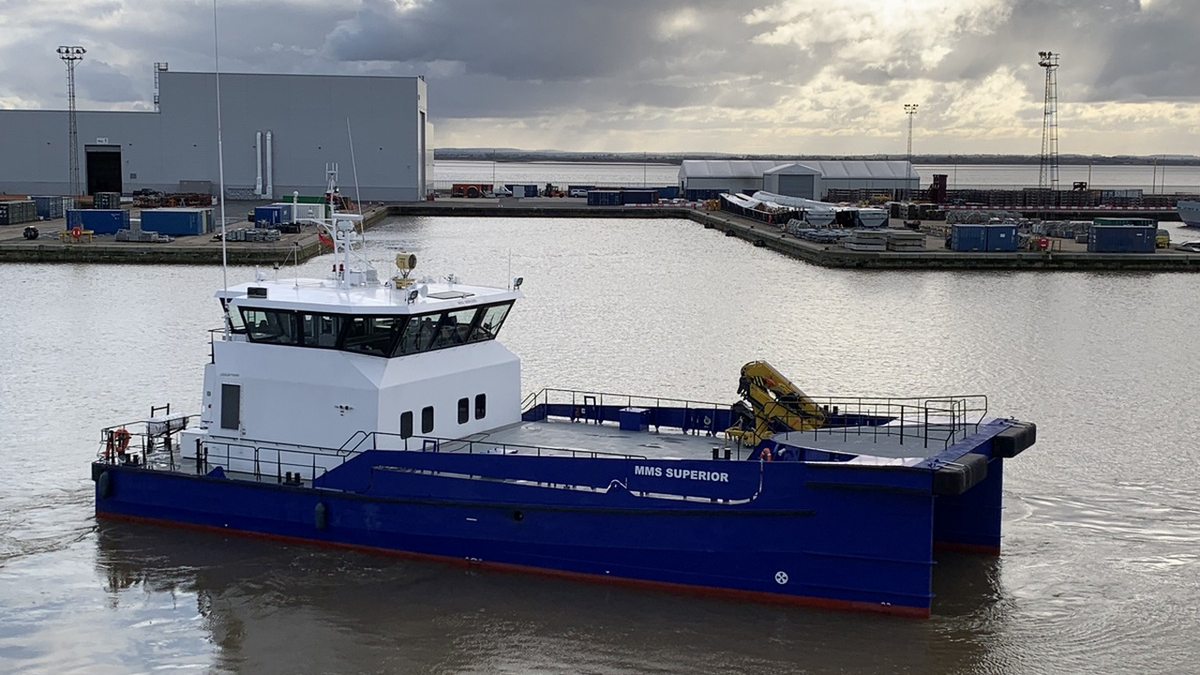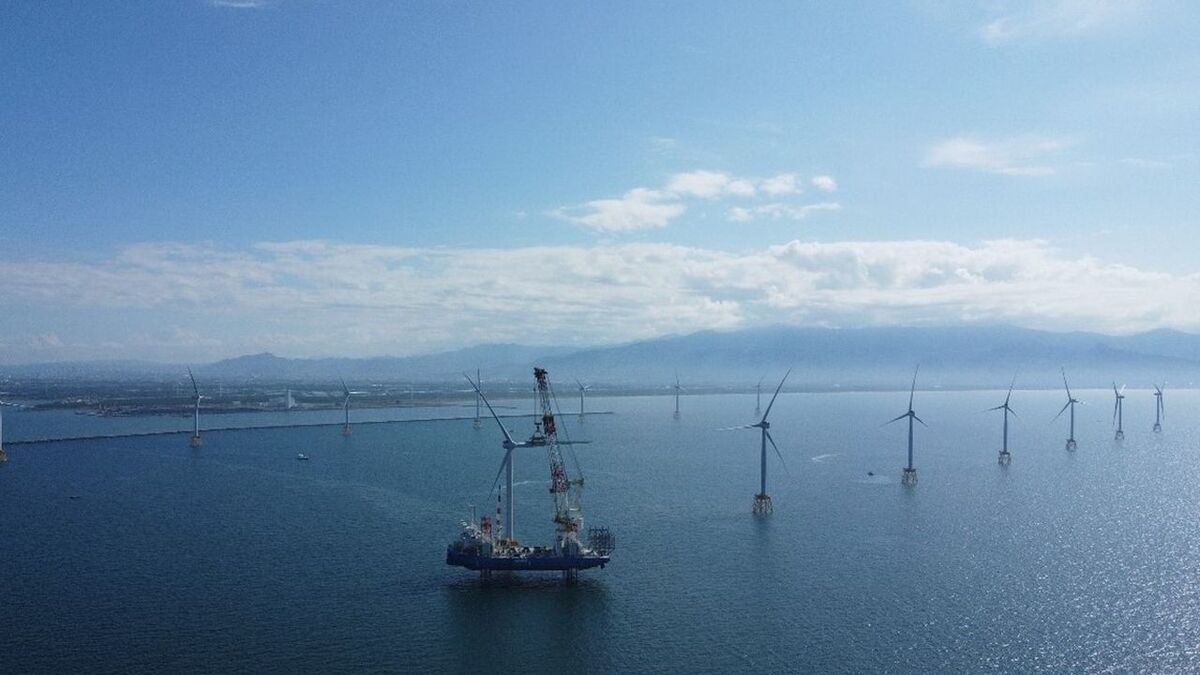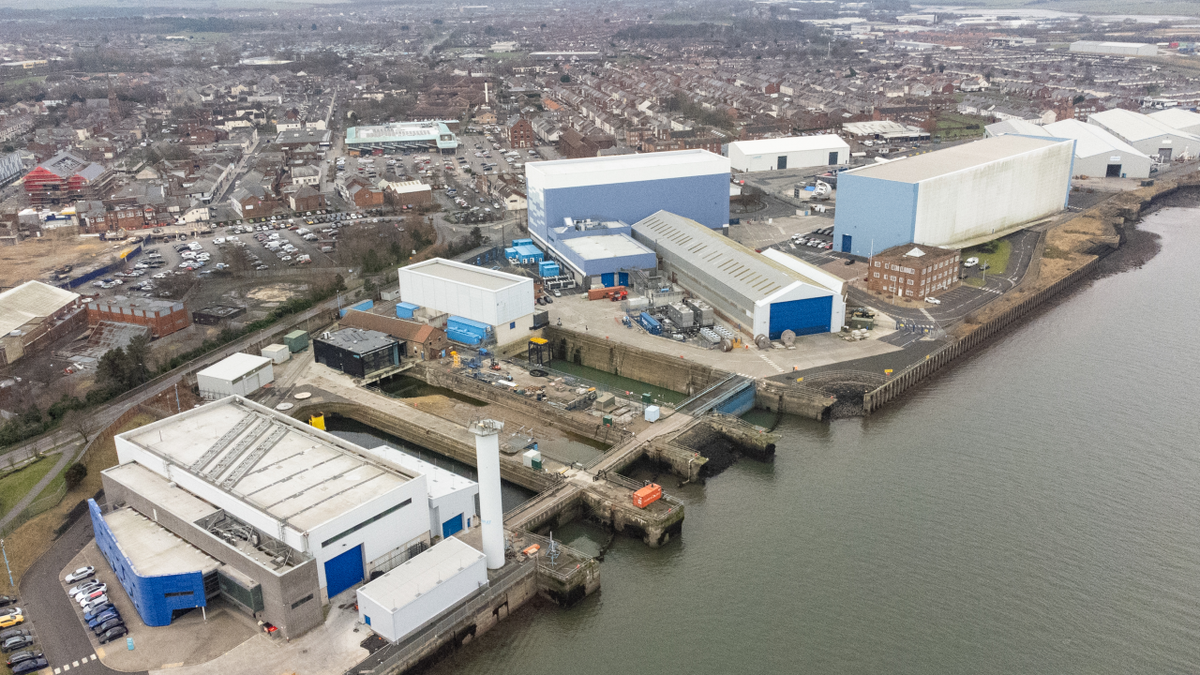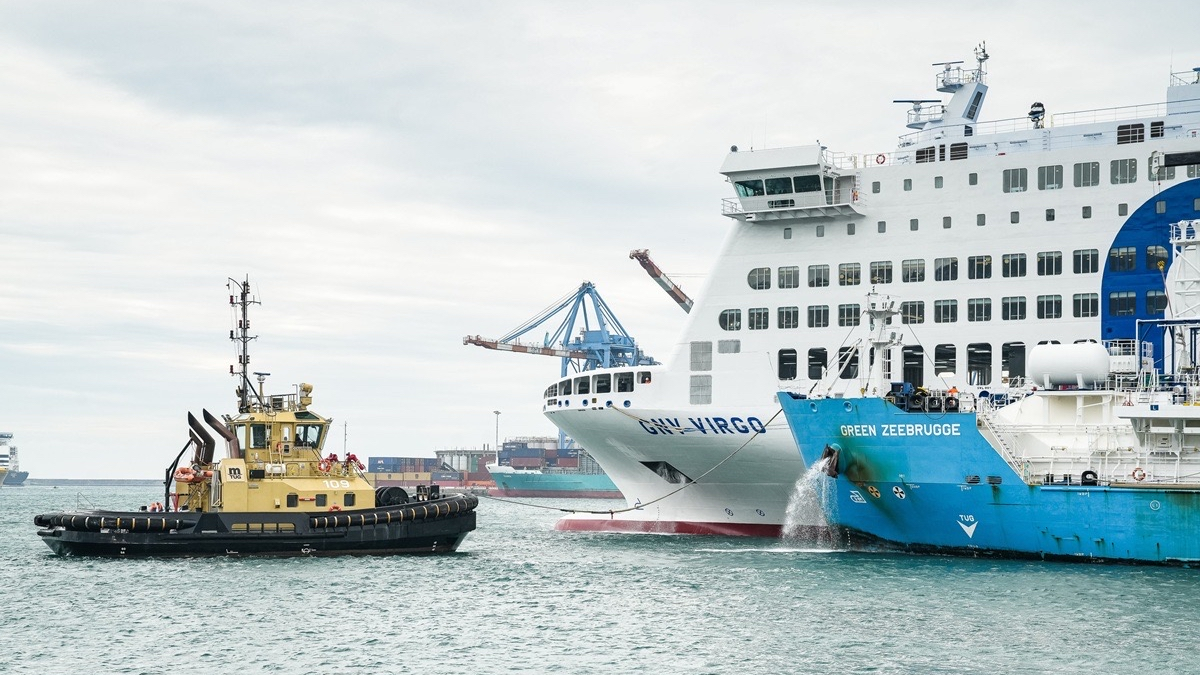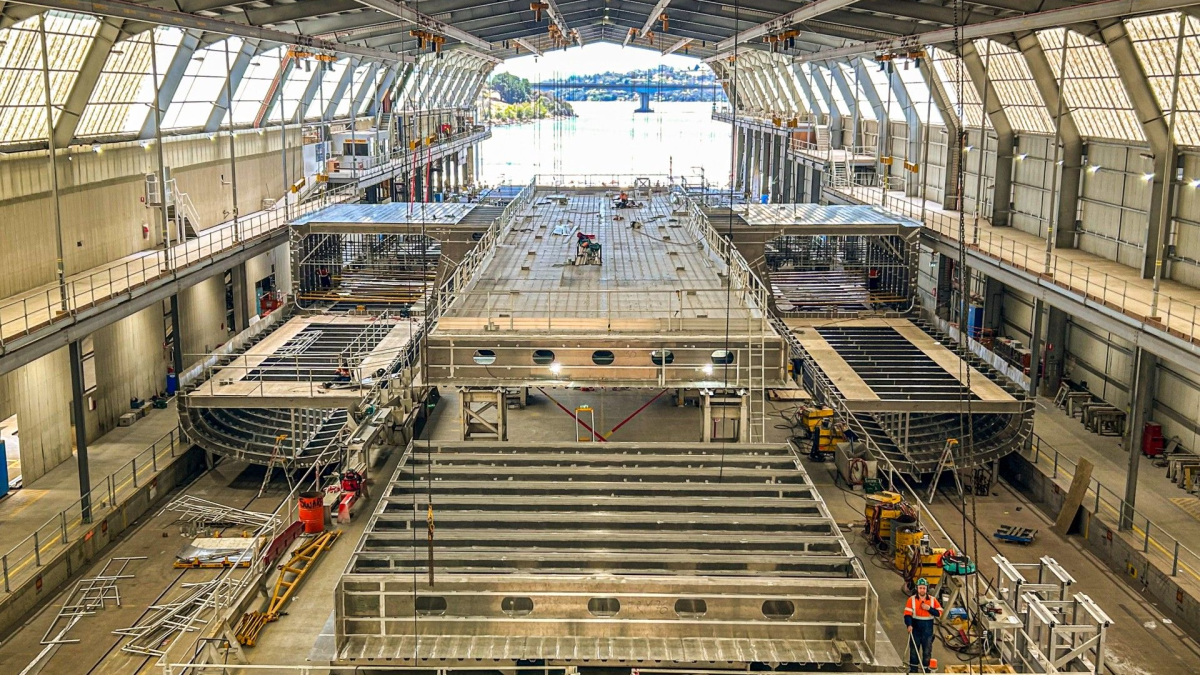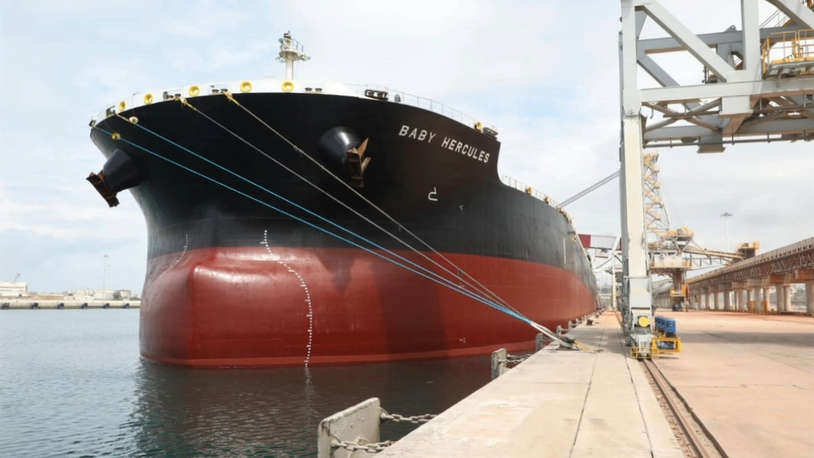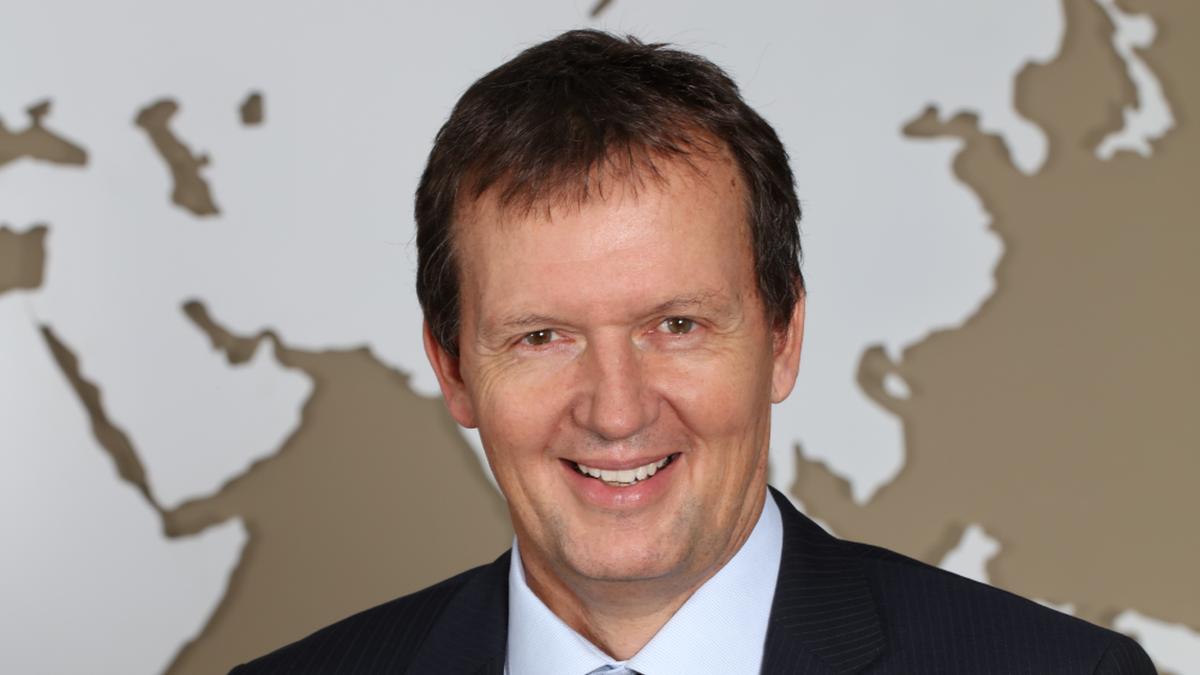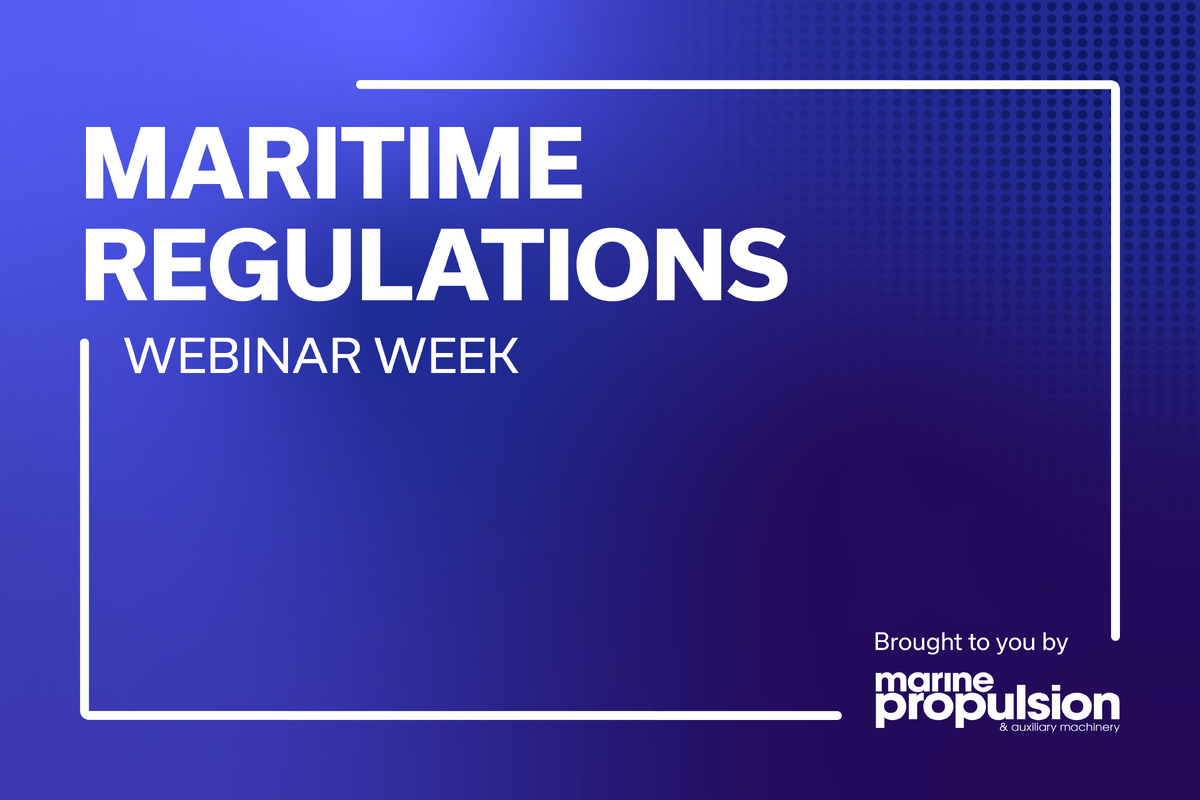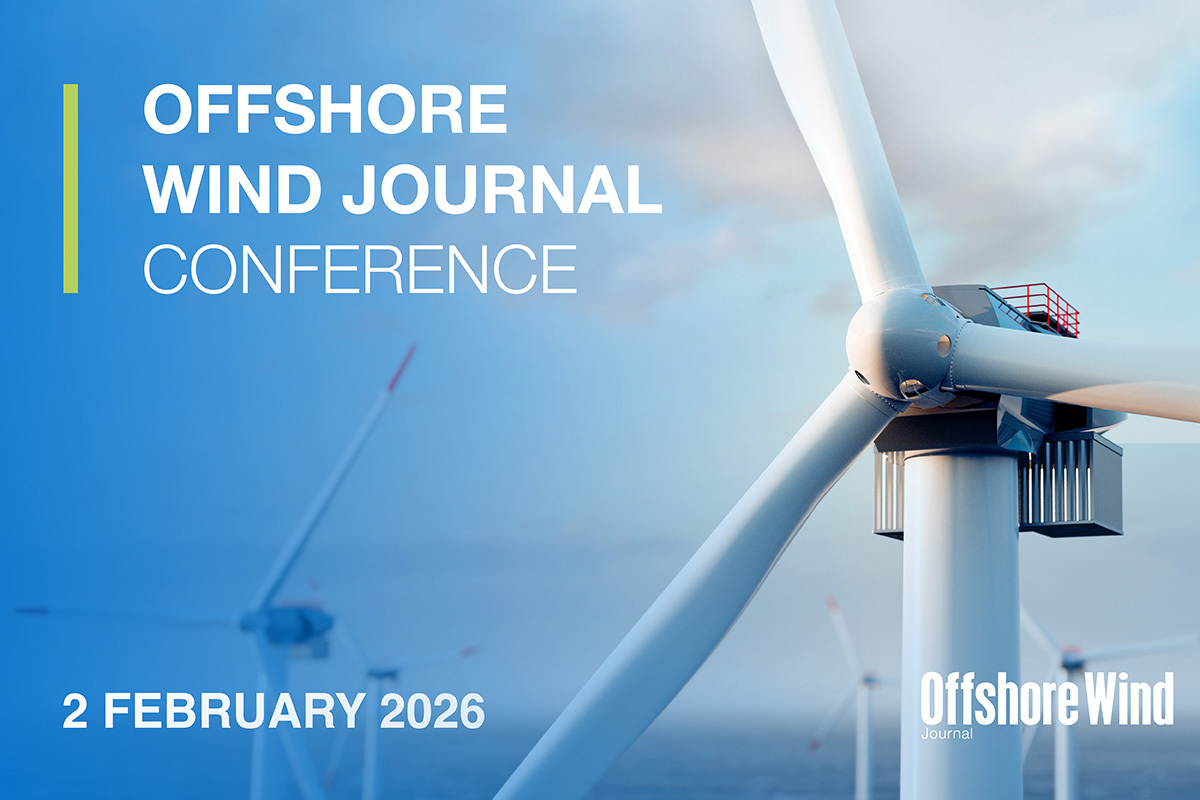Business Sectors
Events
Offshore Support Journal Conference, Middle East 2025
Contents
Register to read more articles.
Eye witness: onboard carbon capture and storage
Tanker Shipping & Trade caught up with Port of Esbjerg’s research lead Ishita Sharma, who had the opportunity to witness a live trial demonstrating modular exhaust-to-tank CO2 capture on a vessel off the US coast
Tanker Shipping & Trade spoke to Port of Esbjerg research manager and project lead green fuels, CCUS and maritime energy systems manager Ishita Sharma following her recent voyage on a vessel off the US coast, where she witnessed carbon capture technology operating in real time.
“Seeing CO2 actually being captured from the engine exhaust and stored on board – while the ship is sailing – puts the whole decarbonisation conversation into a very real context.”
Ms Sharma described the system’s straightforward architecture as a revelation.
“The simplicity of the setup was surprising. Seeing exhaust gases actively being processed and stored on board in real time, while the vessel was in motion, made the technology feel more deployable than expected.”
She cautioned, however, that space constraints and long-term storage capacity remain issues for deepsea vessels with limited retrofitting flexibility.
Her time on board exposed practical complications that desk studies could not convey.
“You do not fully grasp the constraints until you are on board. Things like vibration, space-sharing with other equipment, and safety protocols around compressed CO2 are much more complex in practice.”
In addition, she noted that energy draw and power-system integration demand constant attention.
“Energy draw and integration into existing power systems need close attention. The crew noted maintenance routines were still being refined, and system monitoring required frequent checks – though automation is improving.”
Despite these hurdles, Ms Sharma believes the lessons learned are widely applicable across tanker sectors.
“Very transferable. Tankers have unique cargo-handling requirements, but the principles of modular design, integration with existing exhaust systems, and port offloading logistics are shared.”
“Key knowledge gaps remain in monitoring and verification protocols, material durability under marine conditions and economic modelling of operating costs, particularly regarding corrosion and solvent degradation at sea,” she said
She confirmed these insights are already shaping Port of Esbjerg’s decarbonisation infrastructure.
“We are ensuring that our CO2 terminal is designed to handle captured CO2 not just from industry – but from ships – including considerations like flexible offloading systems and safety zoning.”
Ms Sharma emphasised the port’s role as the crucial link between captured carbon and permanent storage or reuse, underscoring the need for investment in offloading and interim storage facilities, together with collaboration with classification societies.
Looking ahead, Ms Sharma argued that shipboard capture will serve both as a bridge to zero emissions and as a long-term solution for hard-to-abate voyages.
“I see it as both transitional and long-term. It buys us time on the path to zero emissions, but it will also remain part of the solution where emissions are otherwise unavoidable.”
She added that, with appropriate regulatory support and infrastructure readiness, such systems could become routine on vessels operating on fixed routes or calling at predictable ports.
“With the right regulatory push and infrastructure readiness, shipboard carbon capture could become routine on certain vessel types, especially those on fixed routes or with predictable port access.”
Sign up for Riviera’s series of technical and operational webinars and conferences:
- Register to attend by visiting our events page.
- Watch recordings from all of our webinars in the webinar library.
Related to this Story
Events
Offshore Support Journal Conference, Middle East 2025
Maritime Regulations Webinar Week
Maritime Decarbonization Conference, Americas 2026
Offshore Wind Journal Conference 2026
© 2024 Riviera Maritime Media Ltd.
